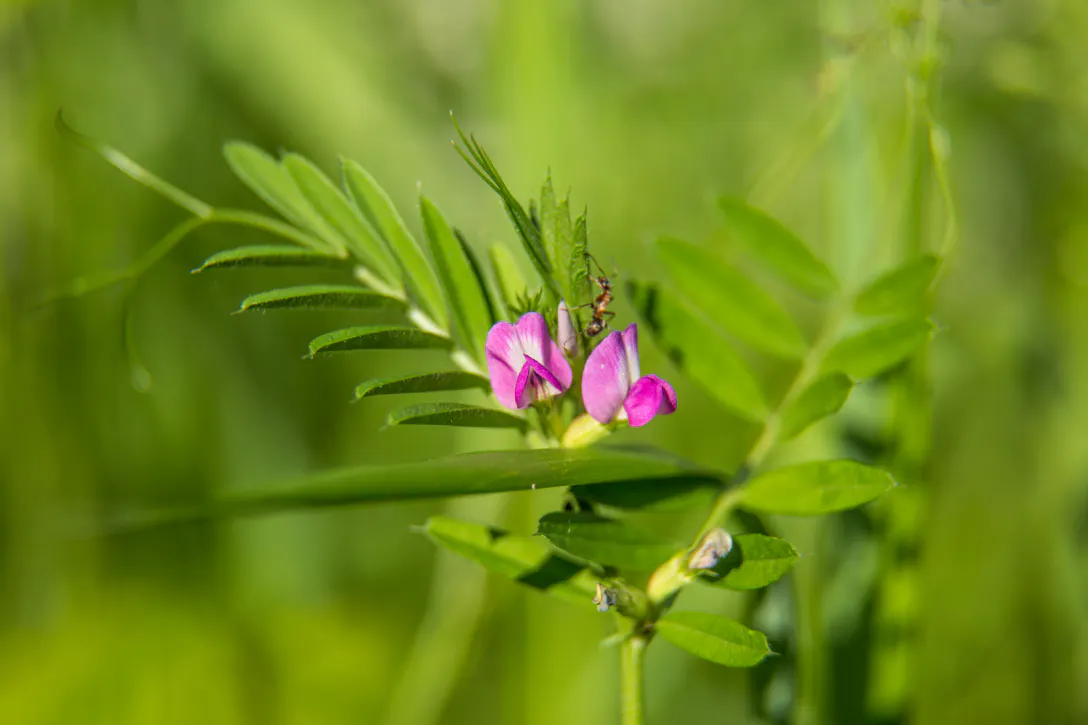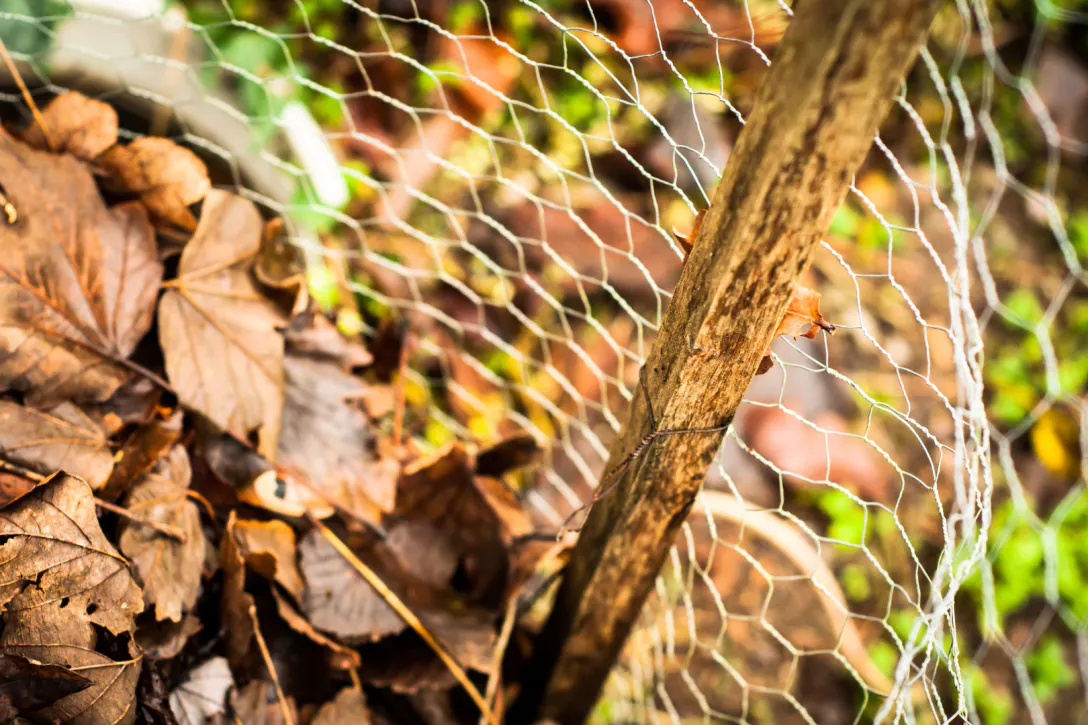How to Boost Your Soil’s Health in October
.jpg?auto=compress&w=800&fit=max&dpr=2&fm=webp)
Have you ever watched The Magic School Bus? My kids love it.
It’s an entertaining educational watch with no stereotypical ‘whatever’ girls and bullying boys.
Instead, it features an inspirational and wacky teacher who takes her class to explore science – inside and out – literally.
I just happened to be awake for one episode, where the kids want to learn about decomposition. They travel into a rotting tree log to find it full of life. They then turn into fungi and trees.
One of the trees is distressed and needs nutrients, so the other trees sent it some via the mycorrhizal fungal network!!
Funghi in a kid’s cartoon. AMAZING!
All this universe of activity in your soil needs to be nurtured. And October is a great time to start.
So what are some of the things you can do to help boost your soil’s health?

Grow your mycorrhizal fungal network
The mycelium infuses all landscapes, it holds soils together, it’s extremely tenacious. This holds up to 30,000 times its mass. They’re the grand molecular disassemblers of nature — the soil magicians. They generate the humus soils across the landmasses of Earth.
Paul Stamets | Ted 2008 | 6 Ways Mushrooms Can Save the World (Opens in a new window)
The best thing you can do to increase your mycorrhizal fungi population is:
Add it to any new plants that you are putting into the ground in October. You can buy packets of it from garden centres or Amazon.
Mycorrhizal fungi thrive in soil which has not been dug over too much. So resist the urge to dig over your raised beds or flower borders, and simply add some organic matter to the top.
Stop adding any chemical fertilizers as the fungi hate that!
Increase your diversity of plants
Chop, drop and, mulch
Now is the time to prune your perennials. Instead of putting it all on the compost heap, you could just chop your clipping into small pieces and then drop them around the original plant.
You can then further insulate it with a layer of bark mulch or manure to help speed up the decomposition.
All this will add nutrition back into the soil and support the plant, as well as insulate the roots.
As each layer of plant matter gets deposited on the soil surface, the bottom-most layer rots down first, then the one above it. New layers are always added to the top each season, creating a continuous soil building process without any digging or human intervention. It’s quite impressive! Over decades and centuries, the soil level increases, as does the fertility of the soil. That is what Nature does.
Deep Green Permaculture (Opens in a new window)
Your herbaceous plants are going to be much better for this chop and drop method as they will rot down quicker.
It just means your whole garden is busy composting, and not just a dedicated compost area, helping to build up the mycorrhizal soil fungi and microbial life.
The only plants that aren’t great for chop and drop are brassicas, as their leaves can suppress seed germination.
For your vegetable-raised beds, add some mulch and compost and cover them to protect them from the winter rains.
Insulate your active compost
It’s best to keep your compost piles nice and warm over the winter to keep them composting. This doesn’t apply if you have a hot compost bin already, but even they will slow down so I usually reduce adding too much to them over winter.
For open piles, cover it with some brown materials and a tarp over the top to prevent it from getting too waterlogged
Turn woody prunings into a wildlife home
Any large branches that I can’t mulch (I don’t have a chipper – yet) – I just pile up in a corner for the wildlife to play in. I know the frogs, toads and, hedgehogs will enjoy them.
Holly leaves, I confess we do put in our green waste bin, but I’m thinking of creating a dedicated space for them to mulch at their own pace too.
Grow some green manure

Growing winter cover crops is a great way to protect your soil.
They keep all your nutrients in the soil, and come spring you can just hack them down and work into the soil as fertilizer.
Sow Seeds (Opens in a new window) and Suttons (Opens in a new window) have a good winter mix containing Winter Tares (Vetch) or a Winter mix (Opens in a new window) which has Ryegrass and Vetches (a type of legume). The Ryegrass can suck up minerals and also lift up nitrogen from the soil. The Vetches can extract nitrogen from the air and put it into the soil. These plants help put fertility back in the soil, so are especially good for planting after hungry vegetables.

Make a leaf collector
Happiness is a pile of leaves. Why? Because they are free mulch. You could rake and leave them around your perennials as a winter blanket, or pop them in a pile, mow them and then store them in a bag with some holes punched in. After a year they should have rotted down enough to create some lovely leaf mould.
I make a wire frame with some canes and some chicken wire to dump all my chopped-up brown leaves into and just pop some into garden bags with holes in too.

I hate the waiting. So it’s best to pop in a quiet corner of your garden and try and forget about it. In a year’s time, you will be rewarded with brown gold.
If you haven’t watched it yet, I highly recommend checking out the “Kiss the Ground” documentary with Woody Harrison, on the importance of protecting our soil for our food, climate change and preserving the planet.
https://youtu.be/K3-V1j-zMZw (Opens in a new window)

